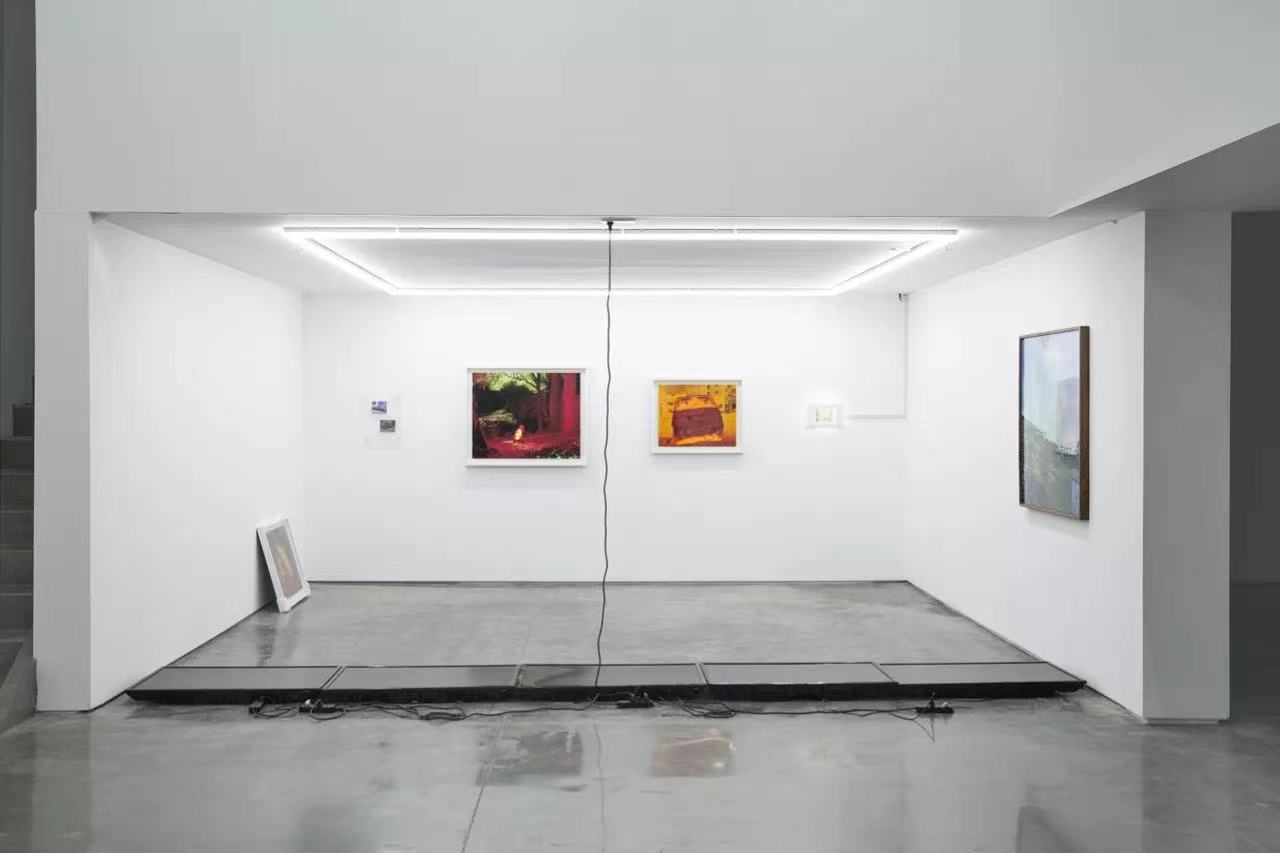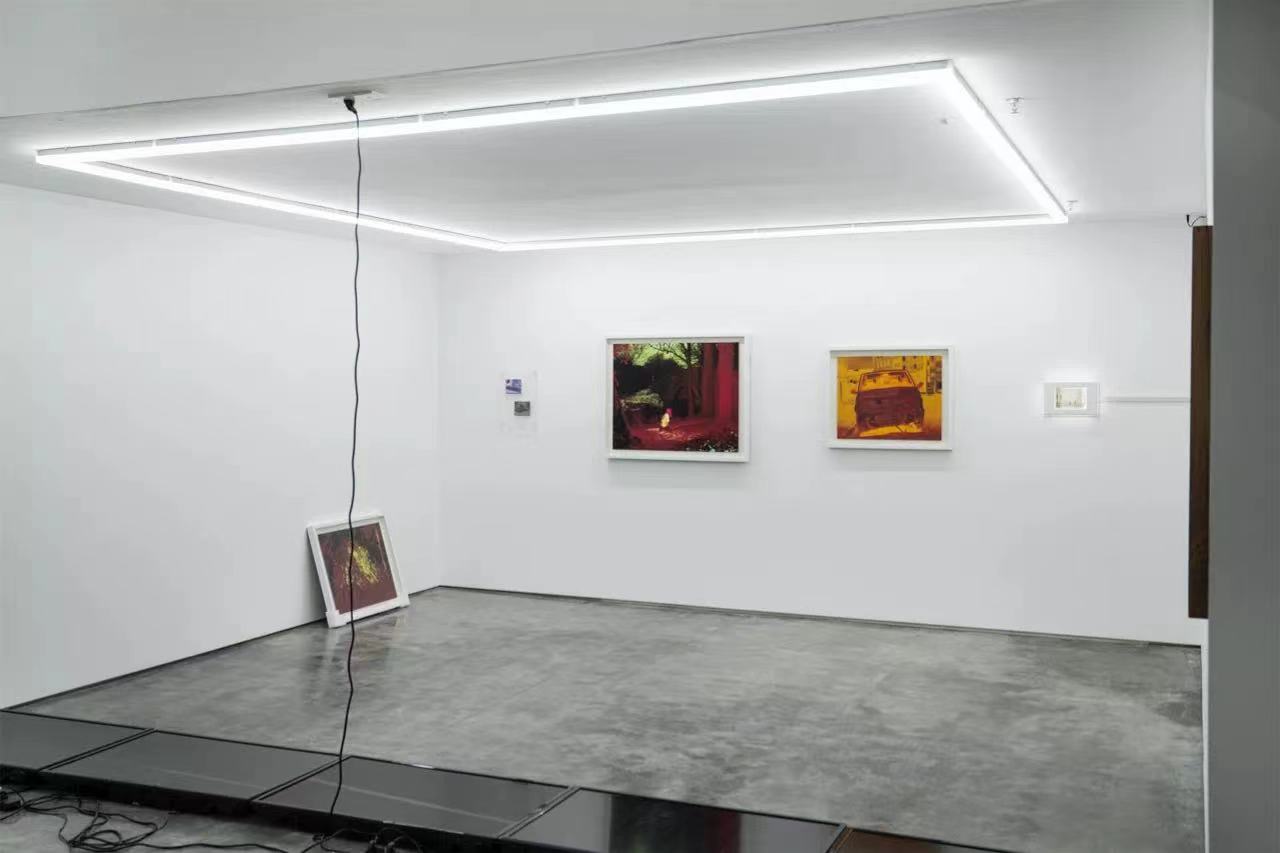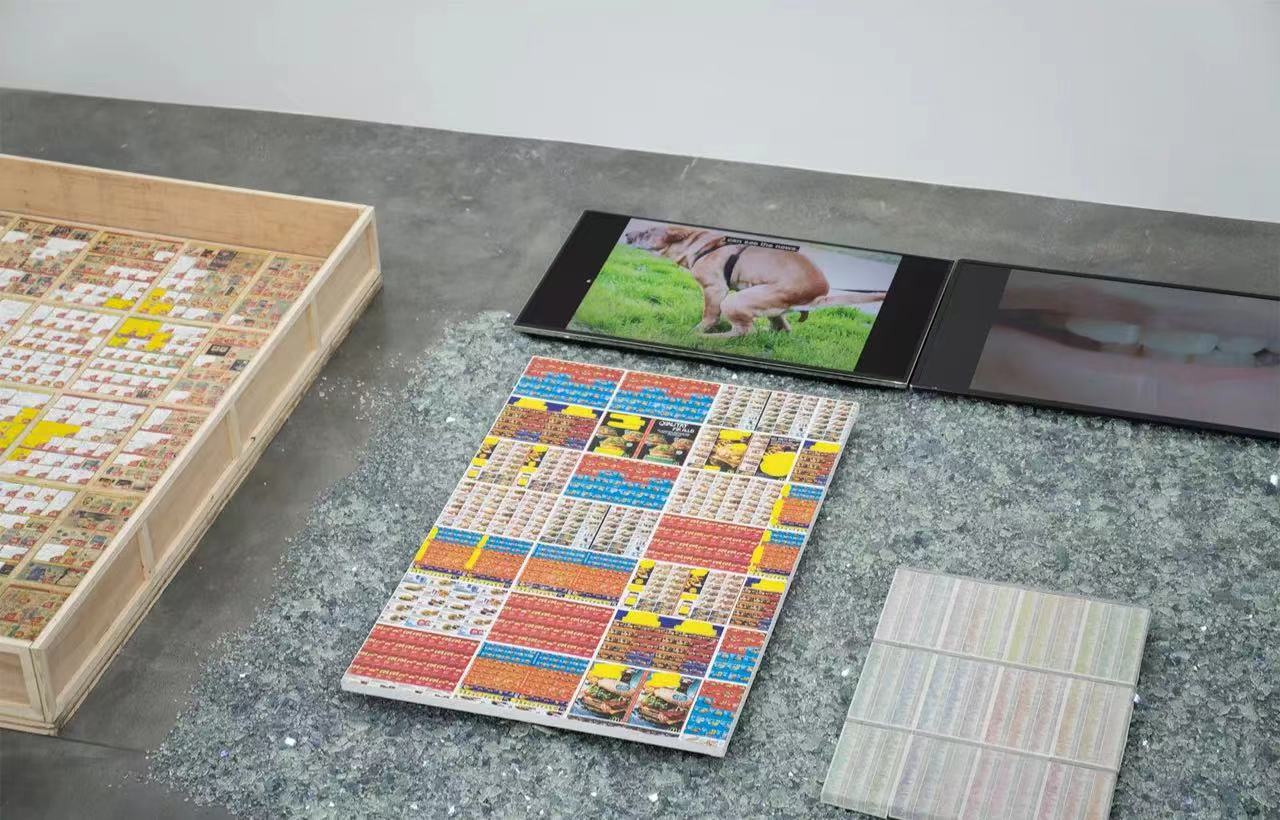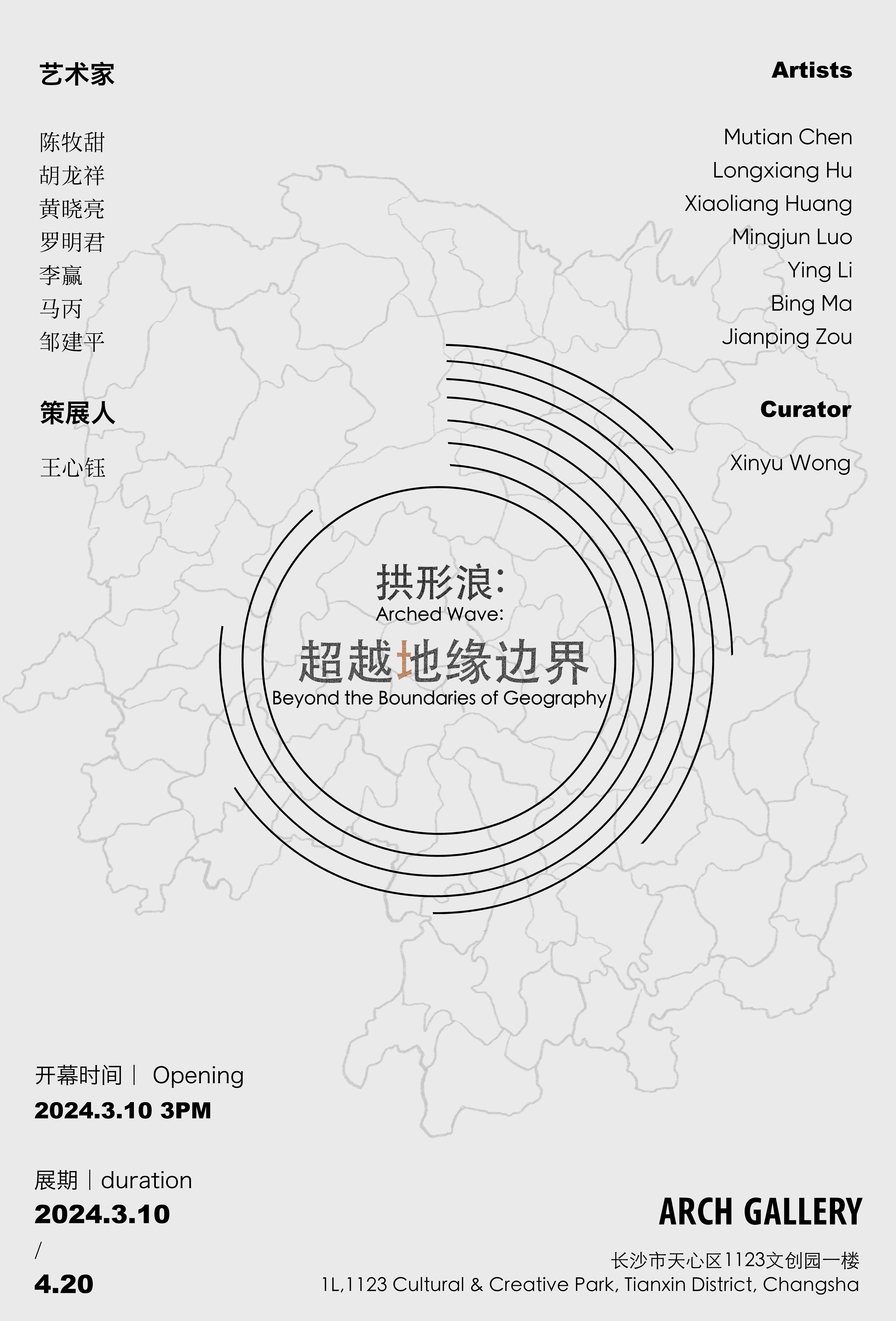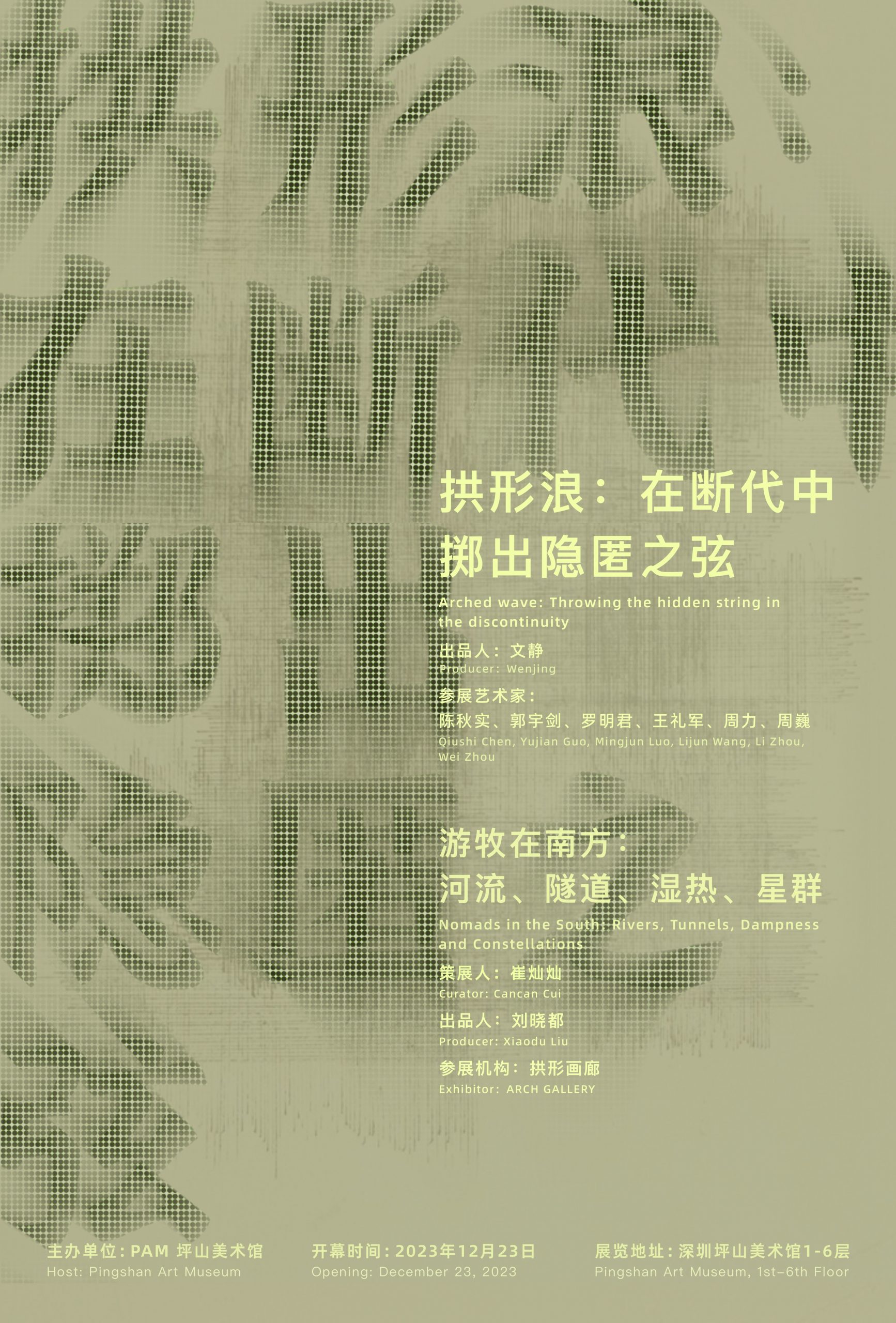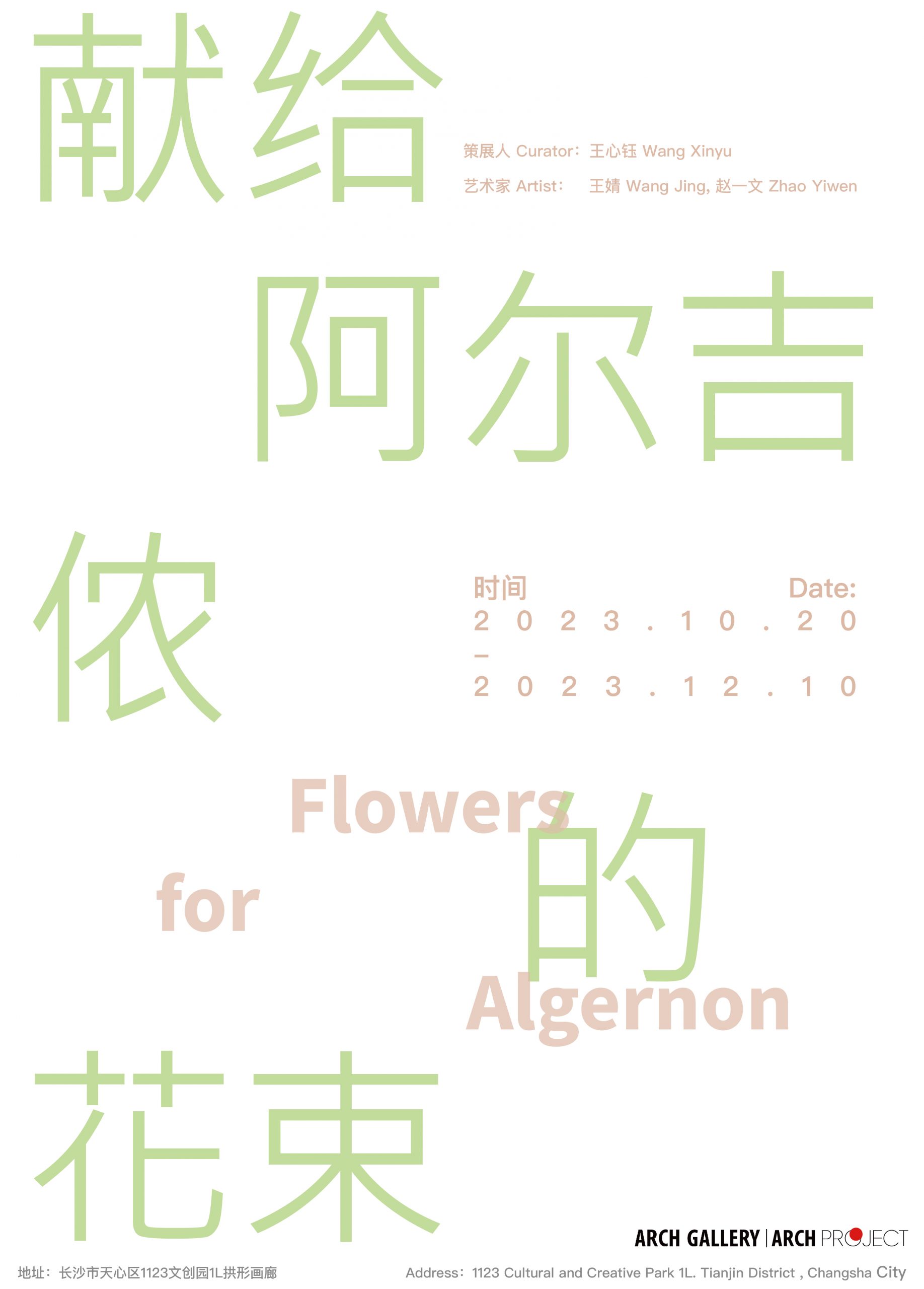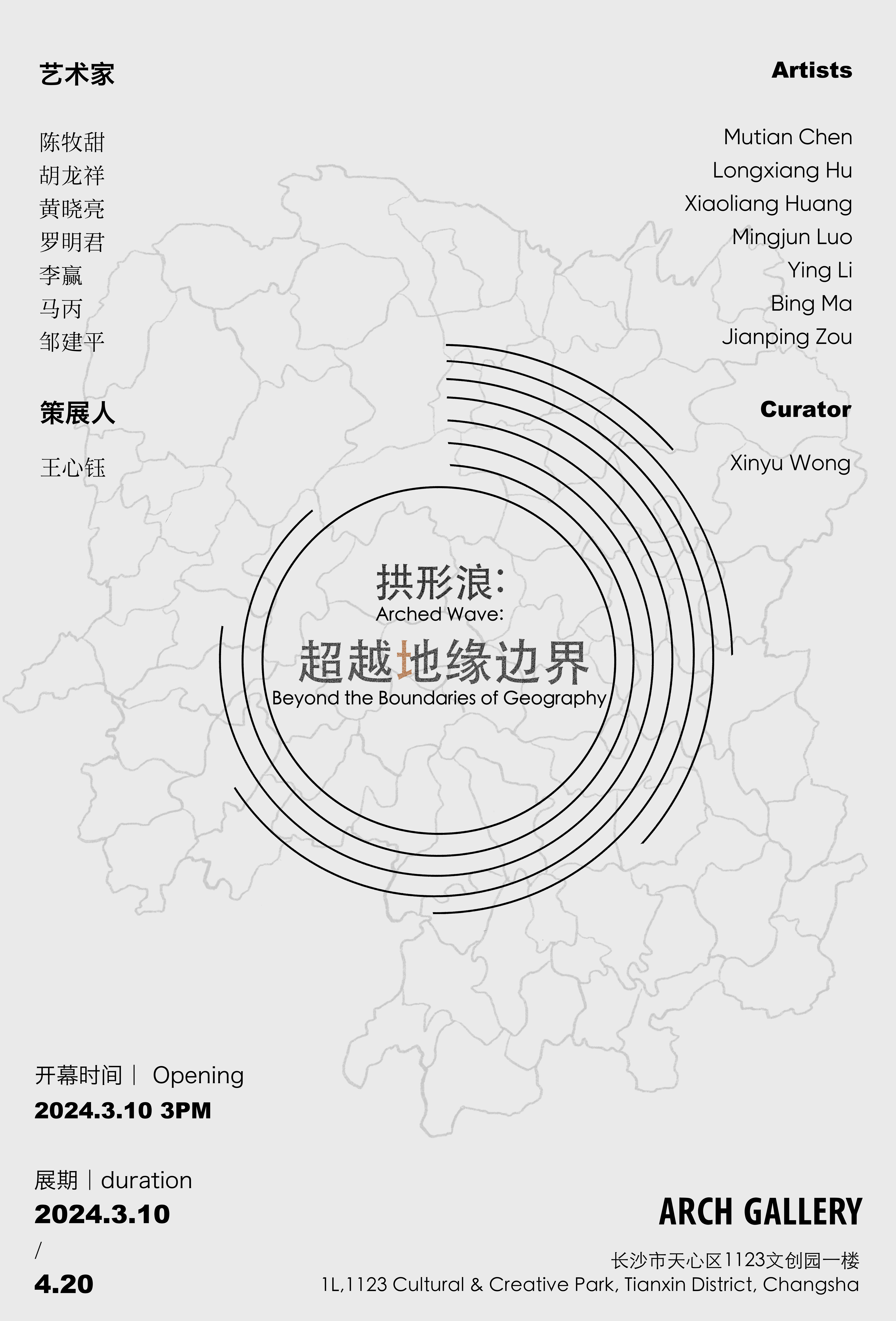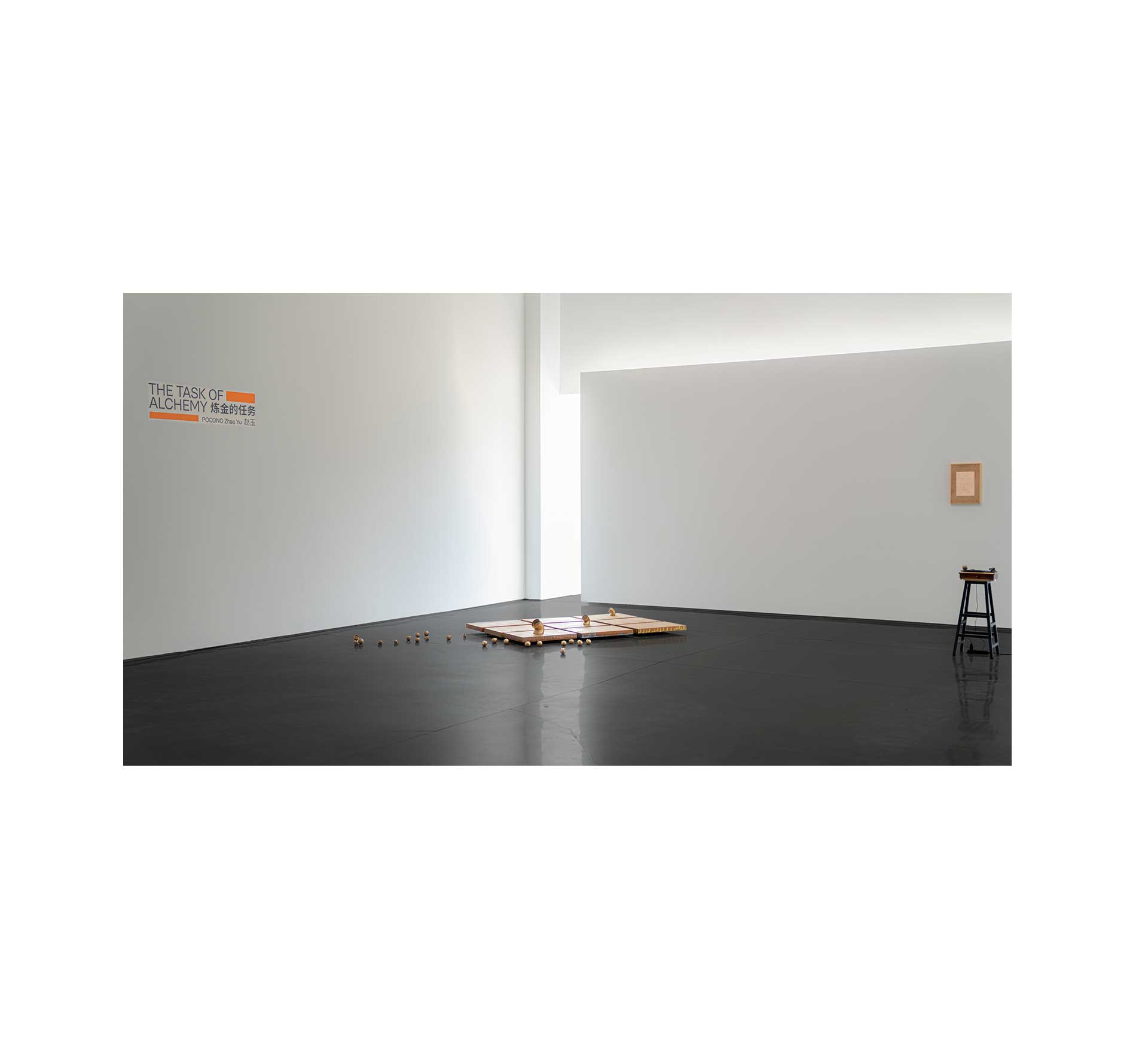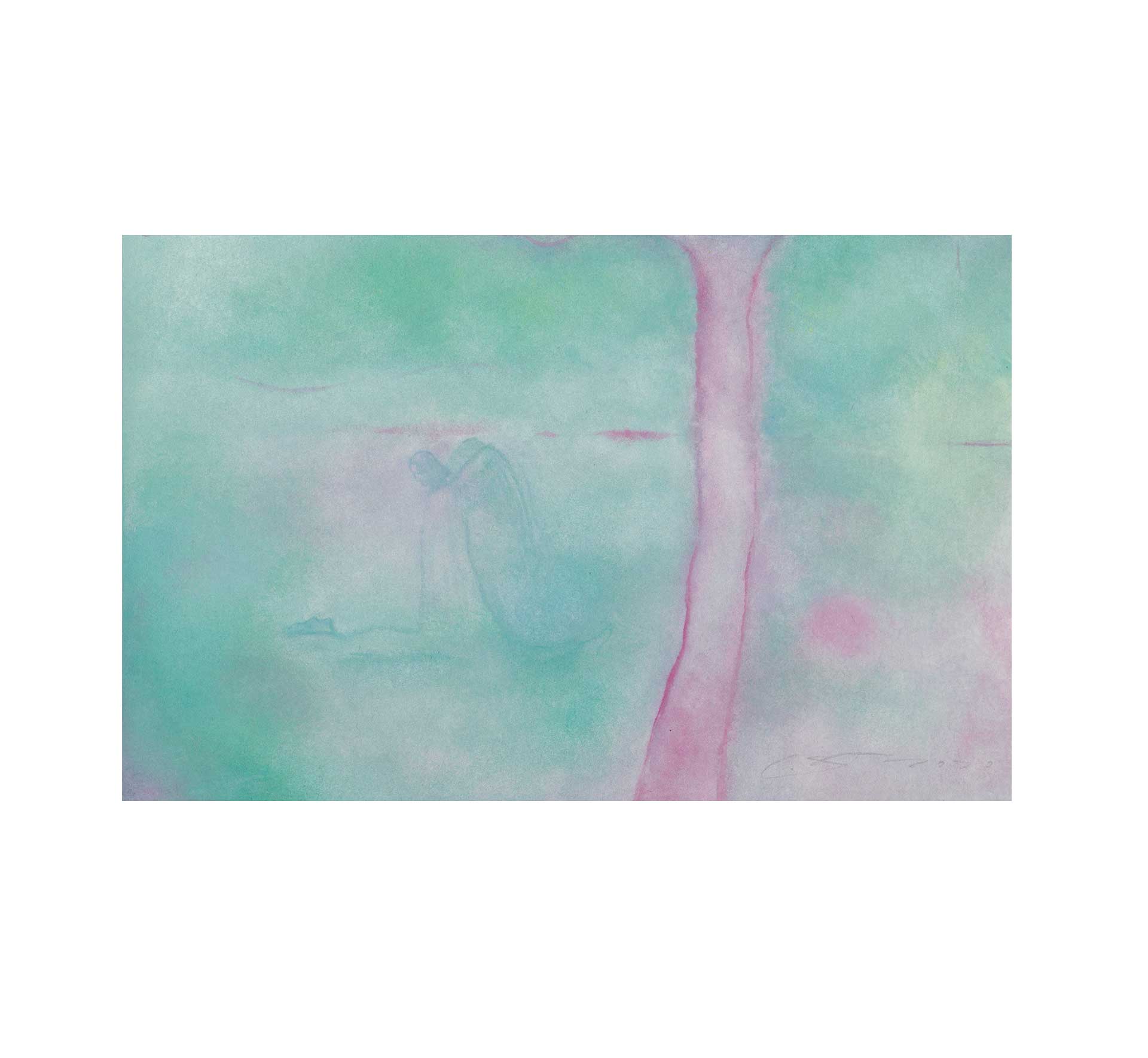
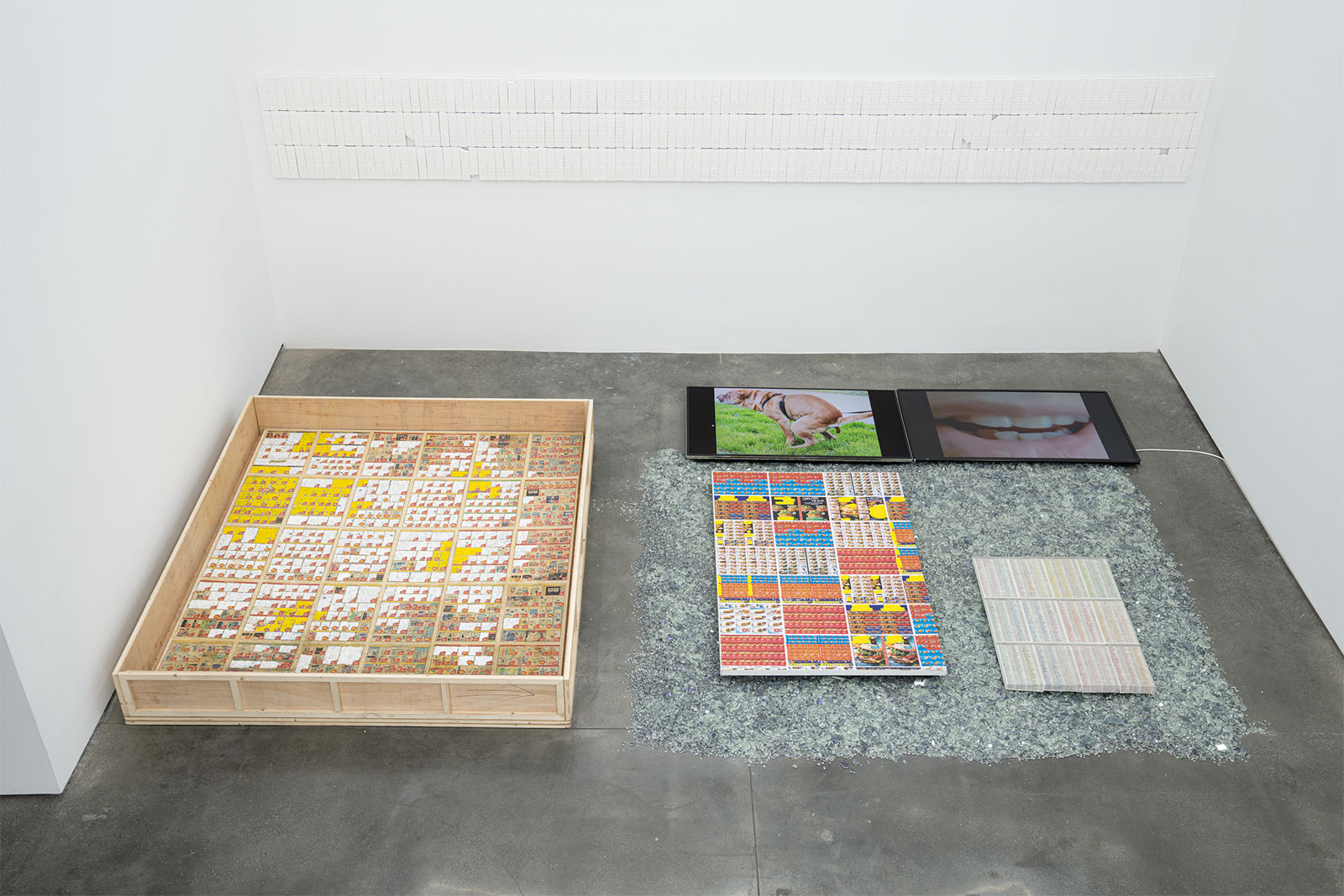
Exhibition
IN FRONT OF THE EYES
Artist:Chen Qiushi、 Fan Shilei
Curator:Hu Yihang
2022.04.09 – 2022.5.17
The Arch Project current exhibition”IN FRONT OF THE EYES”by the artist Qiushi CHEN and Shilei FAN,will be continue until May 17,2022.
“In Front of the Eyes” hits ideological ways of seeing. In these ways, our “seeing” does not involve any thought, or we do not need to think. Everything has been taken over by ideology. Whether it’s Fan Shilei’s multi-media work that creates a heterotopian space to refute the destructive actions of the cultural industry, or that Chen Qiushi’s image creation spanning multiple photography methods is countered by the problem he targets in reality—“Production no longer having the power to explain” against the establishment of new meanings, all make us “Les non-dupes who errent”. These two artists wandered on the edge of question and answer, what left us is the new reality in front of us that ARCH PROJECT hopes to rethink together with the audience.
Artwork can fold reality and politicise the imagery on the viewer’s retina. Proust narrates art as a way of creating peculiar representations of the world — “for it is not one universe but millions, almost as many as the number of human eyes and human intelligences, that wake up every morning (In Search of Lost Time, Vol. 5: Prisoner and Fugitive). In Proust’s masterpiece, the world as fragmented memory is observed and folded from perspective after perspective, and our experience is overlaid countless times. Just like folding a paper full of words repeatedly, each fold not only emphasises part of the information, but also blurs other information. The appearance of the world changes accordingly.
Whether we are facing artwork or reality, are we seeing things as they honestly are? As the so-called “seeing is believing” affirms the accuracy of the visual organ, it seems that the clearer we see an object; the more clearly we can analyse a thing; the more detailed we can decompose a movement, the more we tend to think that we are close to the essence of things. The problem with this way of looking, however, is that it overemphasises the value of retinal imaging while ignoring the ideologies that deeply influence us. This approach treats entities as tools; in other words, when a pair of chopsticks can only become a pair of chopsticks; a tombstone can only become a tombstone; a mask can only become a mask, how to use them is the most important thing. And as we become more familiar with the functions of tools, the less we know about these so-called “tools”, and our vision narrows accordingly.
The viewing of the world is essentially the perception of time. Antonioni was “stunned” when confronted with the question of “why keep time” from the Muslim elderly. In the eyes of the old man, the image stagnating in the instant photo is equivalent to the dead past. It doesn’t matter whether the past is a second ago, a day ago or a year ago, the only thing that matters is that it lost its vitality. To think from the perspective of the elderly Muslim, refusing to deny the past means keeping a vague impression of time. Past, present and future are always in-between each other. For example, whether Louis Eugene Varlin led the Paris Commune became déjà-vu, but the ideal of the struggle of the proletariat exists in the future. When the capitalists set the exact hours and hours for workers to commute to get off work, working hours become a dead past. Yesterday’s work and today’s work are indistinguishable and unrelated. As for tomorrow’s – what hasn’t happened yet seems too certain. In Nabokov’s words: “The future is just another obsolescence.”
Folded paper is difficult to restore to its original flatness, but they provide us with an opportunity to reject clear images. Taking the weight off the top of the paper and rolling it out individually, the movement of time regardless of direction – as long as it’s not “kept” – will blur the image. The real appearance of the world exists in the wear and tear.
About the artist
Chen Qiushi was born in Changsha, Hunan Province. He holds a bachelor’s degree in law and a bachelor’s degree in philosophy from Southeast University. He graduated from the MFA Department of Glasgow School of Art in 2021. He is currently an editor of China Photography. He won German PEP New Talents 2020.
Fan Shilei graduated from Glasgow School of Art, and now lives and works in Shenzhen. His works have a distinct personal style and exude strong nostalgic and repressive emotions. His works include installation art, video, painting, photography, etc., and express the various cultural forms of the culture industry under globalisation. of malicious manipulation and the destruction of the state of cultural autonomy.
- 「眼前」展览现场。摄影:ARCH GALLERY


